
The cinema of Italy comprises the films made within Italy or by Italian directors. Since its beginning, Italian cinema has influenced film movements worldwide. Italy is one of the birthplaces of art cinema and the stylistic aspect of film has been one of the most important factors in the history of Italian film. As of 2018, Italian films have won 14 Academy Awards for Best Foreign Language Film as well as 12 Palmes d'Or, one Academy Award for Best Picture and many Golden Lions and Golden Bears.

The Spaghetti Western is a broad subgenre of Western films produced in Europe. It emerged in the mid-1960s in the wake of Sergio Leone's filmmaking style and international box-office success. The term was used by foreign critics because most of these Westerns were produced and directed by Italians.

In Italian cinema, giallo is a genre of murder mystery fiction that often contains slasher, thriller, psychological horror, psychological thriller, sexploitation, and, less frequently, supernatural horror elements.
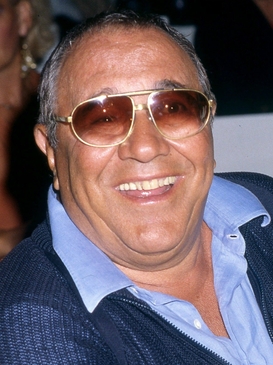
Sergio Corbucci was an Italian film director, screenwriter and producer. He was one of the main exponents of the Spaghetti Western genre during the 1960s and 1970s, with his most notable works including the original Django, Navajo Joe, The Great Silence, The Mercenary, and Compañeros. He also had a successful career directing comedies.
Demofilo Fidani was an Italian film director, set designer, painter, and a regarded medium and author.

Tomas Milian was a Cuban-born actor with American and Italian citizenship, known for the emotional intensity and humor he brought to starring roles in European genre films.

Poliziotteschi constitute a subgenre of crime and action films that emerged in Italy in the late 1960s and reached the height of their popularity in the 1970s. They are also known as polizieschi all'italiana, Italo-crime, spaghetti crime films, or simply Italian crime films. Influenced primarily by both 1970s French crime films and gritty 1960s and 1970s American cop films and vigilante films, poliziotteschi films were made amidst an atmosphere of socio-political turmoil in Italy known as Years of Lead and amidst increasing Italian crime rates. The films generally featured graphic and brutal violence, organized crime, car chases, vigilantism, heists, gunfights, and corruption up to the highest levels. The protagonists were generally tough working class loners, willing to act outside a corrupt or overly bureaucratic system.

Django is a fictional character who appears in a number of Spaghetti Western films. Originally played by Franco Nero in the 1966 Italian film of the same name by Sergio Corbucci, he has appeared in 31 films since then. Especially outside of the genre's home country Italy, mainly Germany, countless releases have been retitled in the wake of the original film's enormous success.
Giulio Petroni was an Italian director, writer, and screenwriter, best known for his spaghetti Westerns Death Rides a Horse (1967), with Lee Van Cleef in one of his first starring roles, A Sky Full of Stars for a Roof (1968), with Giuliano Gemma, and Tepepa (1969), with Orson Welles and Tomas Milian.
Luigi Bazzoni was an Italian director and screenwriter.

Cry, Onion! is a 1975 Spaghetti Western comedy film directed by Enzo G. Castellari. It is openly comedic and parodic.

Tedeum is a 1972 Italian Spaghetti Western film directed by Enzo G. Castellari. The title role was initially offered to Tomas Milian, who eventually refused.
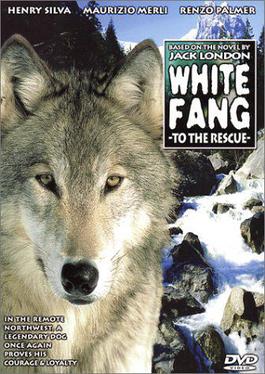
Zanna Bianca alla riscossa is a 1974 Italian adventure film directed by Tonino Ricci. It is an unofficial sequel of Lucio Fulci's 1973 film White Fang, in which Ricci was second unit director. The film received mixed reviews.

Django, Prepare a Coffin, alternatively titled Viva Django, is a 1968 Italian spaghetti Western film directed by Ferdinando Baldi. The film was produced by Manolo Bolognini, who also produced Sergio Corbucci's original film. The film stars Terence Hill in the title role, which was previously played by Franco Nero. Originally Nero was intended to star.

The Ugly Ones is a 1966 Spanish-Italian spaghetti Western film directed by Eugenio Martín.
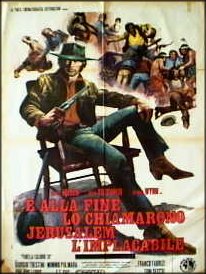
Panhandle 38 is a 1972 Italian comedy-western film. The film represents the debut and the only film directed by Toni Secchi, that had previously been the cinematographer of a number of successful spaghetti westerns. It was also the only leading role for Scott Holden, the son of William Holden and Brenda Marshall, who had a brief film career in early 70s.
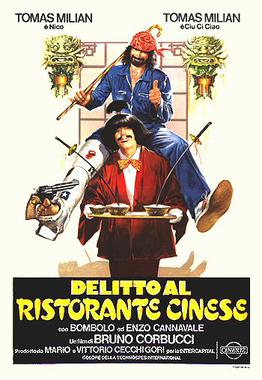
Crime at the Chinese Restaurant is a 1981 Italian "poliziottesco"-comedy film directed by Bruno Corbucci. It is the eighth chapter in the Nico Giraldi film series; in this chapter Tomas Milian plays a double role, the inspector Nico Giraldi and the Chinese Ciu Ci Ciao, a character reprised, with slight changes, from the role of Sakura that the same Milian played in the 1975 spaghetti western The White, the Yellow, and the Black.
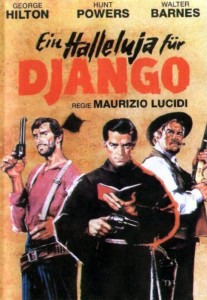
La più grande rapina del West is a 1967 Italian Spaghetti Western film directed by Maurizio Lucidi.

Life Is Tough, Eh Providence? is a 1972 Italian-Spanish Spaghetti Western comedy film directed by Giulio Petroni. The film was a box office success and generated an immediate sequel, Here We Go Again, Eh Providence?.
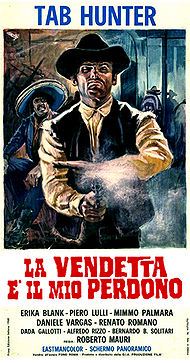
Vengeance Is My Forgiveness is a 1968 Italian Spaghetti Western film written and directed by Roberto Mauri.
















